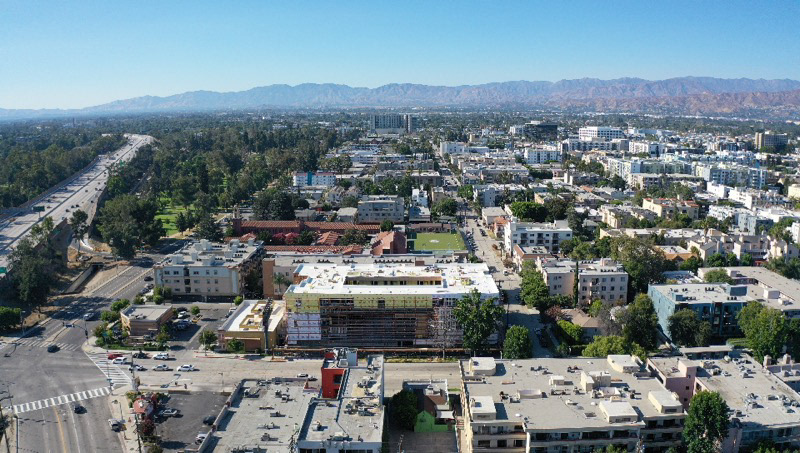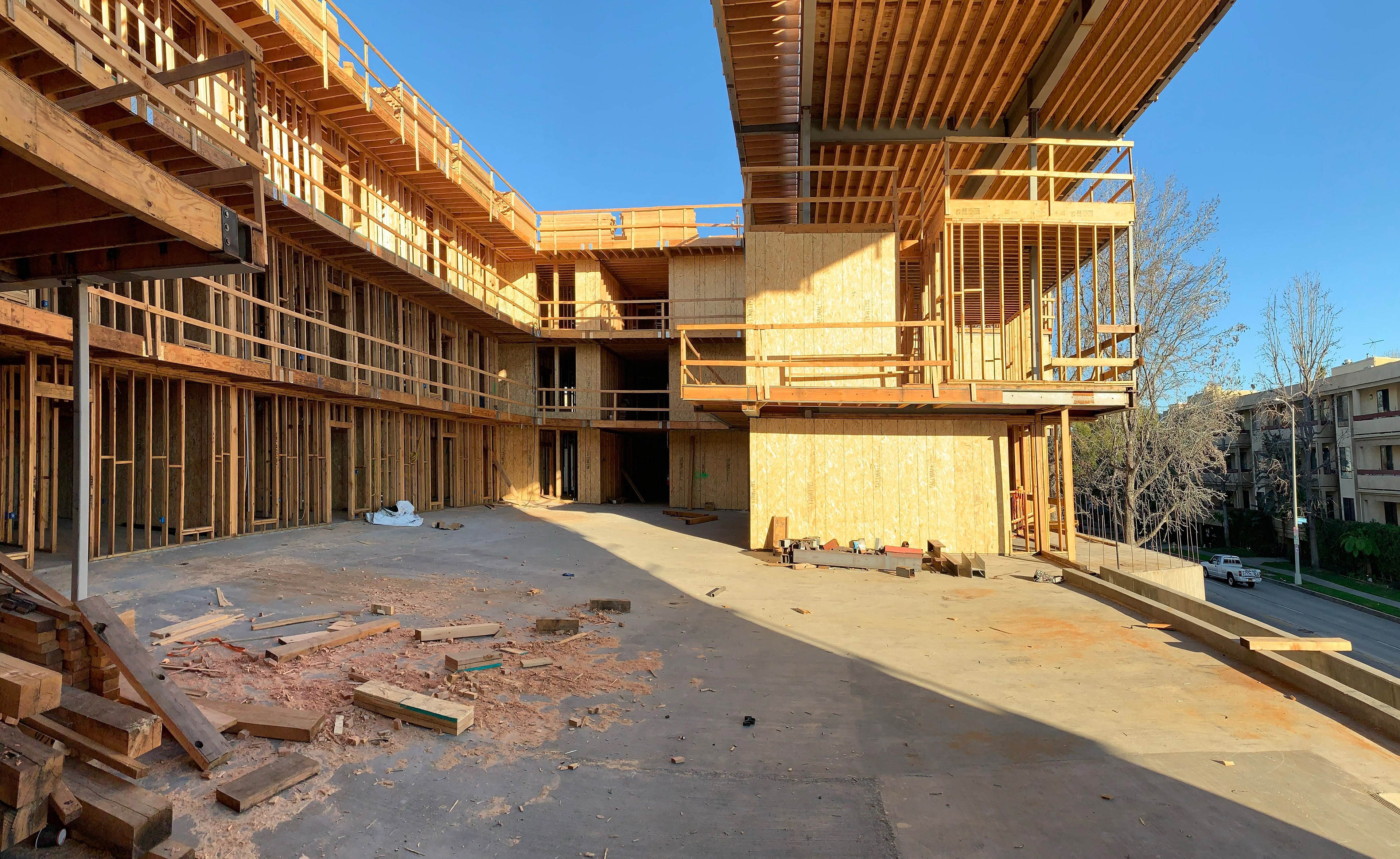Camarillo Apartments, North Hollywood, CA
Camarillo Apartments, North Hollywood, CA
Camarillo Apartments, North Hollywood, CA
Camarillo Apartments, North Hollywood, CA
Camarillo Apartments, North Hollywood, CA
Camarillo Apartments, North Hollywood, CA
Camarillo Apartments, North Hollywood, CA
Camarillo Apartments, North Hollywood, CA
Camarillo Apartments, North Hollywood, CA
Camarillo Apartments, North Hollywood, CA
Camarillo Apartments, North Hollywood, CA
Camarillo Apartments, North Hollywood, CA
Camarillo Apartments, North Hollywood, CA
Camarillo Apartments, North Hollywood, CA
Camarillo Apartments, North Hollywood, CA
Camarillo Apartments, North Hollywood, CA
Camarillo Apartments, North Hollywood, CA
Camarillo Apartments, North Hollywood, CA
Camarillo Apartments, North Hollywood, CA
Camarillo Apartments, North Hollywood, CA
Camarillo Apartments, North Hollywood, CA
Camarillo Apartments, North Hollywood, CA
Camarillo Apartments, North Hollywood, CA
Camarillo Apartments, North Hollywood, CA
Camarillo Apartments, North Hollywood, CA
Camarillo Apartments, North Hollywood, CA
Camarillo Apartments, North Hollywood, CA
Camarillo Apartments, North Hollywood, CA
Camarillo Apartments, North Hollywood, CA
Camarillo Apartments, North Hollywood, CA
Camarillo Apartments, North Hollywood, CA
Camarillo Apartments, North Hollywood, CA
Camarillo Apartments, North Hollywood, CA
Camarillo Apartments, North Hollywood, CA
Camarillo Apartments, North Hollywood, CA
Camarillo Apartments, North Hollywood, CA
Camarillo Apartments, North Hollywood, CA
Camarillo Apartments, North Hollywood, CA
Camarillo Apartments, North Hollywood, CA
Camarillo Apartments, North Hollywood, CA
Camarillo Apartments, North Hollywood, CA
Camarillo Apartments, North Hollywood, CA






